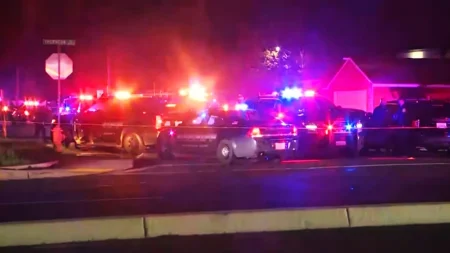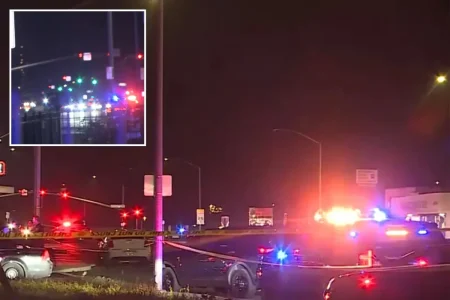Supreme Court’s Decision Leaves Uncertainty for Low-Income Americans
The Supreme Court’s Friday night order has cast a shadow of ambiguity across numerous states, leaving the immediate impact on low-income residents largely undefined. As the dust settles from this significant judicial decision, millions of vulnerable Americans find themselves in limbo, uncertain how this ruling will affect their daily lives, access to essential services, and financial stability. State officials, social service agencies, and advocacy groups are scrambling to interpret the implications, creating a patchwork of responses that varies dramatically from one jurisdiction to another. The lack of clarity is particularly troubling for those who rely on government assistance programs, as these individuals often have the least resources to navigate sudden policy changes or weather periods of administrative confusion.
This uncertainty comes at a particularly challenging time for many low-income families already struggling with rising costs of living, stagnant wages, and the lingering economic effects of recent global disruptions. In some states, officials have moved quickly to reassure residents that services will continue uninterrupted while they analyze the court’s decision, while in others, there has been concerning silence from authorities. Community organizations report fielding countless calls from worried clients seeking guidance about whether their benefits might suddenly disappear or if they need to take immediate action to preserve their eligibility for crucial support programs. The human toll of this legal uncertainty is evident in the voices of those affected – from the single mother unsure if she can continue to afford childcare to the elderly couple anxious about potential changes to their healthcare coverage.
The variability in state responses highlights America’s fragmented social safety net, where geography often determines the level of support available to citizens facing similar hardships. Some states with robust administrative systems and commitment to supporting vulnerable populations have proactively communicated with benefit recipients and established contingency plans. In stark contrast, states with already minimal safety net programs have used the court’s decision as justification to further restrict access to assistance. This divergence risks deepening existing inequalities, with low-income Americans in certain regions facing potentially devastating consequences while others may experience minimal disruption. Advocacy organizations emphasize that this inconsistency undermines the principle that all Americans should have access to basic necessities regardless of where they live.
The legal complexity of the Supreme Court’s order has further complicated matters for those trying to understand its practical implications. Legal experts note that the ruling contains nuances that require careful interpretation, and its interaction with existing state laws and regulations creates a multidimensional puzzle that defies simple explanation. This complexity presents particular challenges for low-income individuals who may lack access to legal resources or the time to navigate bureaucratic mazes while simultaneously managing work and family responsibilities. Community legal aid offices report being overwhelmed with requests for assistance, highlighting the critical need for clear, accessible information during periods of policy transition. Some grassroots organizations have stepped up to fill the information gap, creating multilingual resources and hosting community meetings to help demystify the potential effects of the court’s decision.
The human stories behind the headlines reveal the real stakes of this judicial action. In interviews across affected states, low-income residents express not only confusion but profound anxiety about their futures. A disabled veteran in the Midwest worries about continued access to medication; a family in Appalachia questions whether their food assistance will remain stable; a young couple in a coastal city wonders if their subsidized housing is at risk. These personal accounts illuminate how legal decisions that may seem abstract in court documents translate into concrete concerns about survival and dignity for millions of Americans. Social workers report increasing signs of stress among their clients, noting that the psychological impact of uncertainty itself can be damaging, particularly for those already managing chronic health conditions or caring for dependent family members.
As weeks pass, the full implications of the Supreme Court’s decision will likely become clearer, but the immediate period of uncertainty underscores fundamental questions about how America supports its most vulnerable citizens. Policy experts emphasize that regardless of the ultimate interpretation of this particular ruling, the episode highlights the need for more resilient, transparent systems that can weather judicial and political shifts without leaving vulnerable people in precarious situations. Some advocates see this moment as an opportunity to rebuild support programs with greater stability and clarity, while others fear it signals further erosion of the social safety net. What remains consistent across perspectives is recognition that behind the legal language and policy debates are real human lives – families trying to put food on the table, workers striving for economic security, and communities seeking to support their most vulnerable members during confusing and challenging times.











